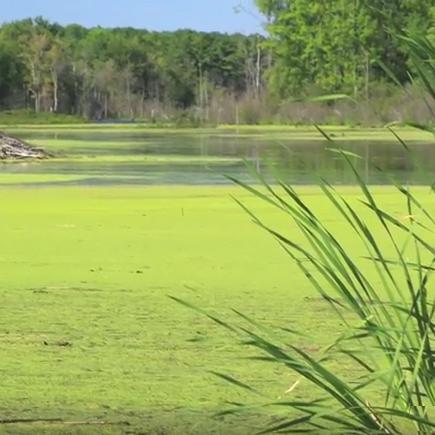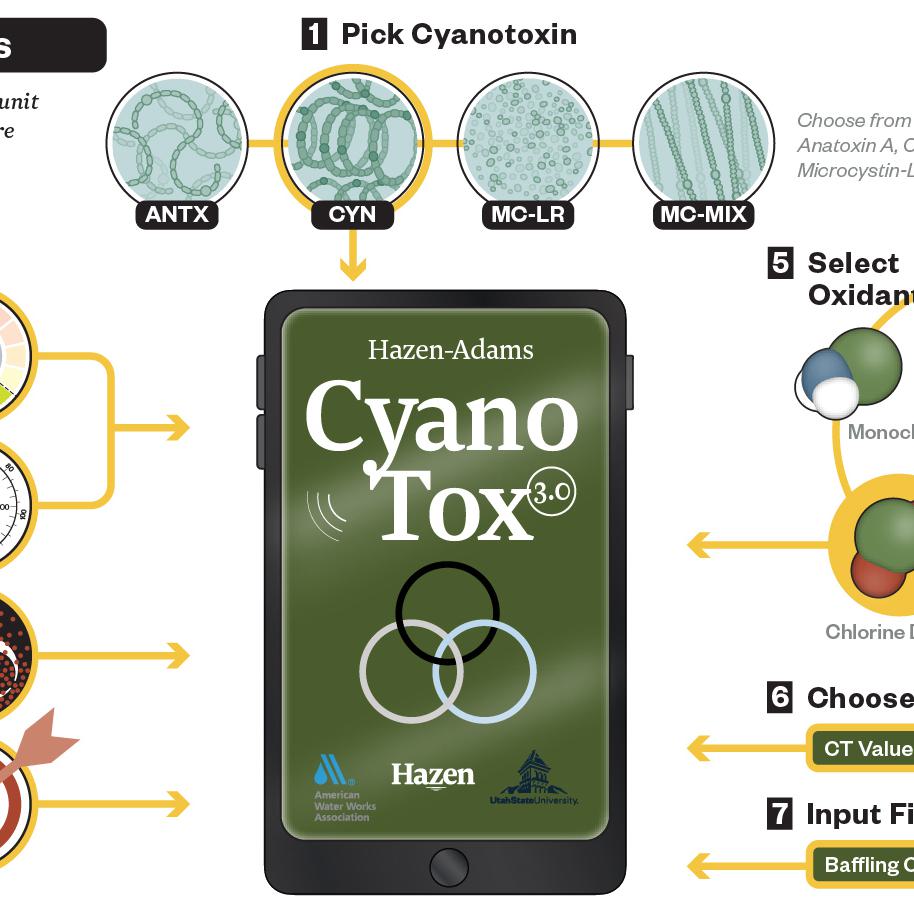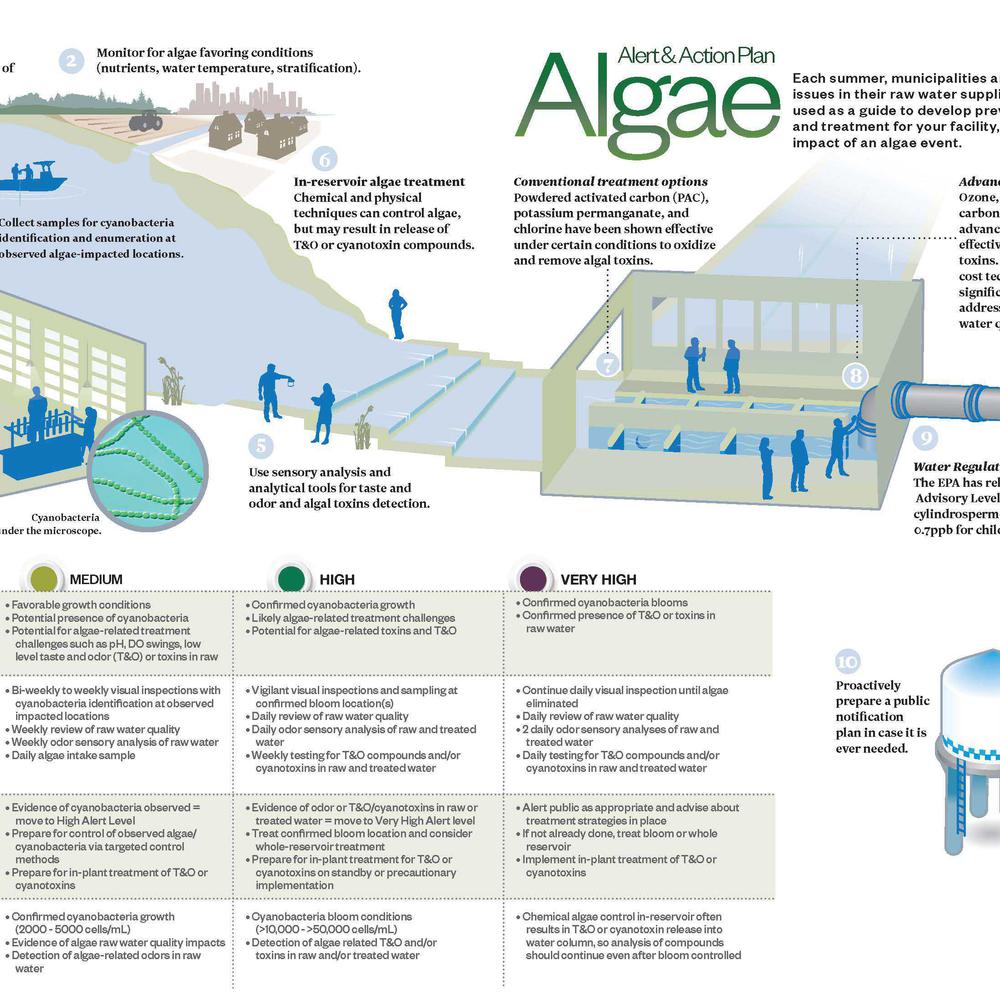Algae and Cyanotoxins

Dr. Elizabeth Crafton is a nationally-recognized expert in water resources and master planning to combat emerging pollutants, eutrophication, harmful algal blooms (HABs), and carbon loading as correlated to disinfection by-product (DBP) formation potential.
Cyanotoxins are produced by certain types of algae, commonly referred to as Harmful Algae Blooms (HABs). When high levels of HABs exceed water quality standards, exposure to humans and pets can result in illness. Water utilities are facing increased threats of HABs and cyanotoxins in their drinking water supplies, particularly in the summer months. Algae-related toxins can cause taste and odor issues and, more importantly, result in shutdowns of water systems to protect public health.
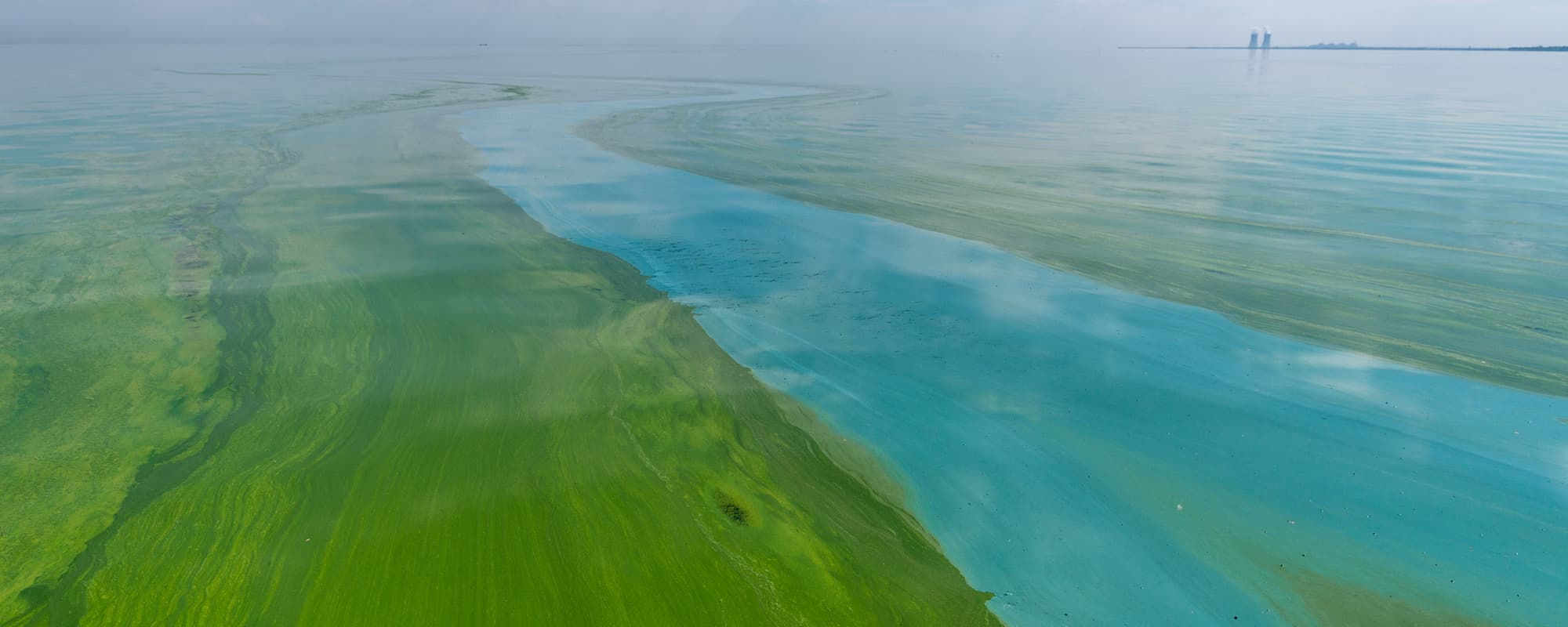
Reducing HAB Risk in Drinking Water
Hazen adopts a holistic approach to reduce risk from HABs and cyanotoxins, which includes monitoring and managing contamination in source water, and treatment barriers in the plant. We deliver comprehensive solutions to assess and manage conditions in natural and man-made water resources, while engaging sustainable engineering and management practices to improve the ecological integrity of the systems used for drinking water as well as for recreational and ecological purposes.
We deliver comprehensive solutions to assess and manage conditions in natural and man-made water resources, while engaging sustainable engineering and management practices.
Working closely with clients, we leverage our extensive research and project experience to provide innovative and integrated results. Hazen focuses on environmentally friendly short-term algae management strategies, long-term ecological stabilization and rehabilitation services, and drinking water treatment and operational solutions to effectively address algae, toxins, and T&O challenges.
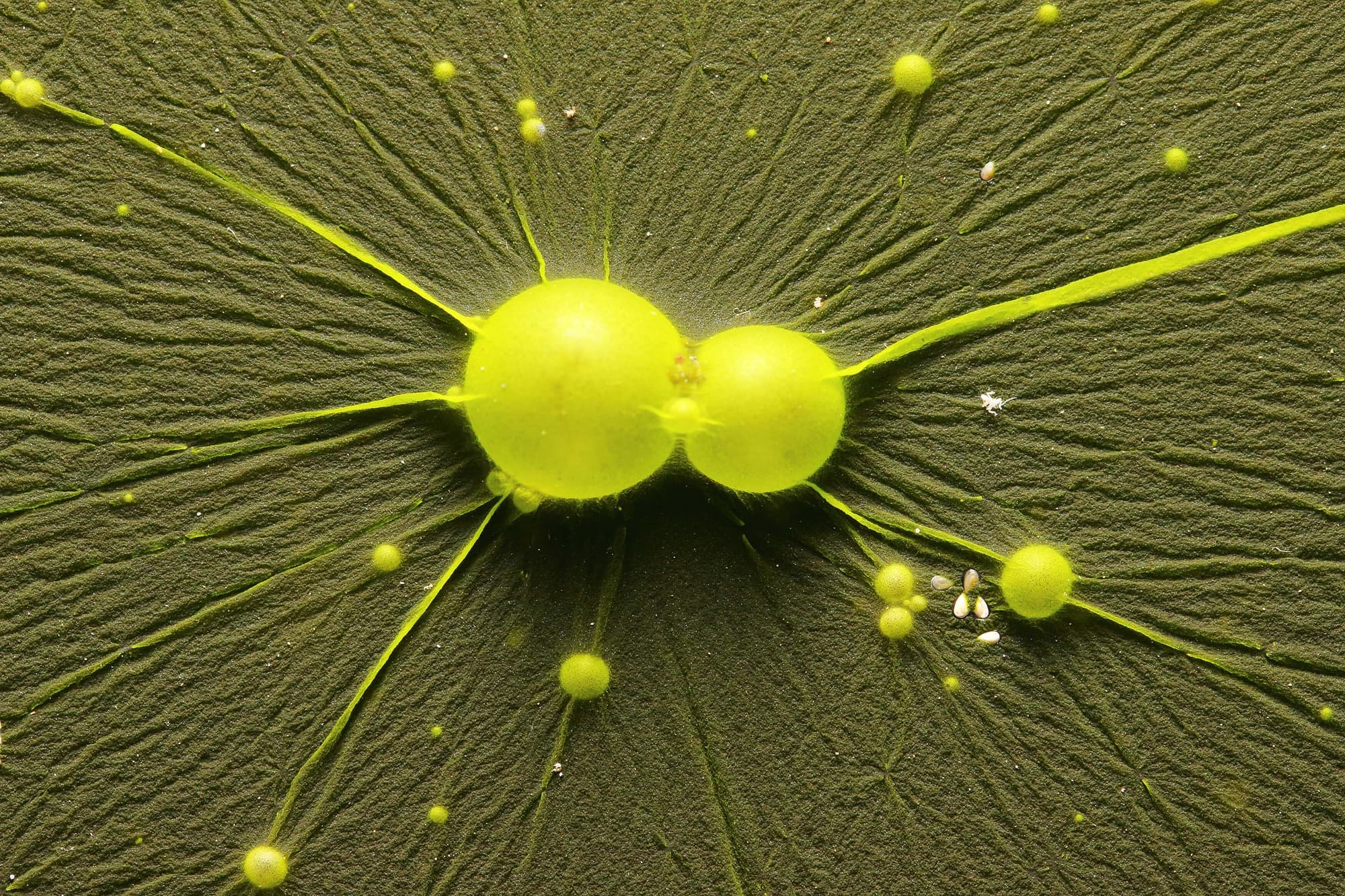
Cyanobacteria, capable of producing neuro and other toxins, on the surface of water.
